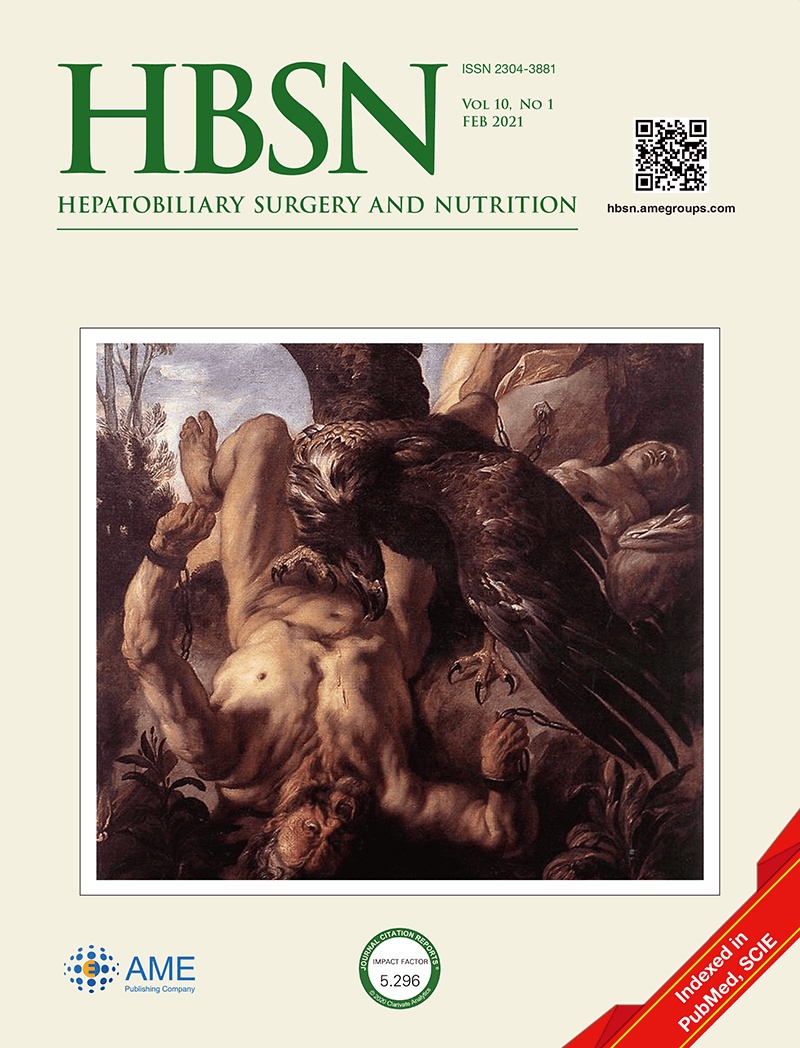Original Article
How should liver hypertrophy be stimulated? A comparison of upfront associating liver partition and portal vein ligation for staged hepatectomy (ALPPS) and portal vein embolization (PVE) with rescue possibility
The different roles of ALPPS and PVE are still debated. This study shows that although upfront ALPPS offers higher resection rate than PVE the sequential use of PVE followed by ALPPS leads to improved hypertrophy compared to ALPPS upfront.
Severity of early allograft dysfunction following donation after circulatory death liver transplantation: a multicentre study
Early allograft dysfunction (EAD) could be divided into type A and B. EAD type B was associated with decreased graft and recipient survival rates. The novel predictive model could effectively predict the incidence of EAD and EAD type B.
Age-specific microbiota in altering host inflammatory and metabolic signaling as well as metabolome based on the sex
This study revealed young female mice and aged male mice were the most insulin sensitive and resistant group, respectively. Aging reduced sex difference in insulin sensitivity. The age effect on inflammation and metabolism is transplantable, and the phenotypic outcomes change based on the recipient sex.
Review Article
Renewed considerations on the utility (or the futility) of hepatic resections for breast cancer liver metastases
There are controversial data on the possibility to perform liver resections in patients with hepatic metastases from breast cancer. While oncologists consider these metastases to be a systemic disease, data from surgery seem to support a more aggressive attitude in these cases.
Hepatocellular carcinoma in non-alcoholic fatty liver disease—a review of an emerging challenge facing clinicians
This narrative review discusses how non-alcoholic fatty liver disease (NAFLD) is fast becoming a leading cause of hepatocellular carcinoma (HCC) and the unique challenges this presents.
Biliary complications after liver transplantation: current perspectives and future strategies
BCs after LT range from 5% to 20%. Regarding etiology and risk factors there is a waste heterogeneity, but immunological features represent a future perspective. The best treatment for AS is endoscopic by the placement of multi stenting.
Editorial
News
French Editorial from the ACHBPT
Viewpoint
Letter to the Editor
Images in Clinical Medicine1
Disclosure:
1. The series “Images in Clinical Medicine” was commissioned by the editorial office, Hepatobiliary Surgery and Nutrition without any sponsorship or funding.


